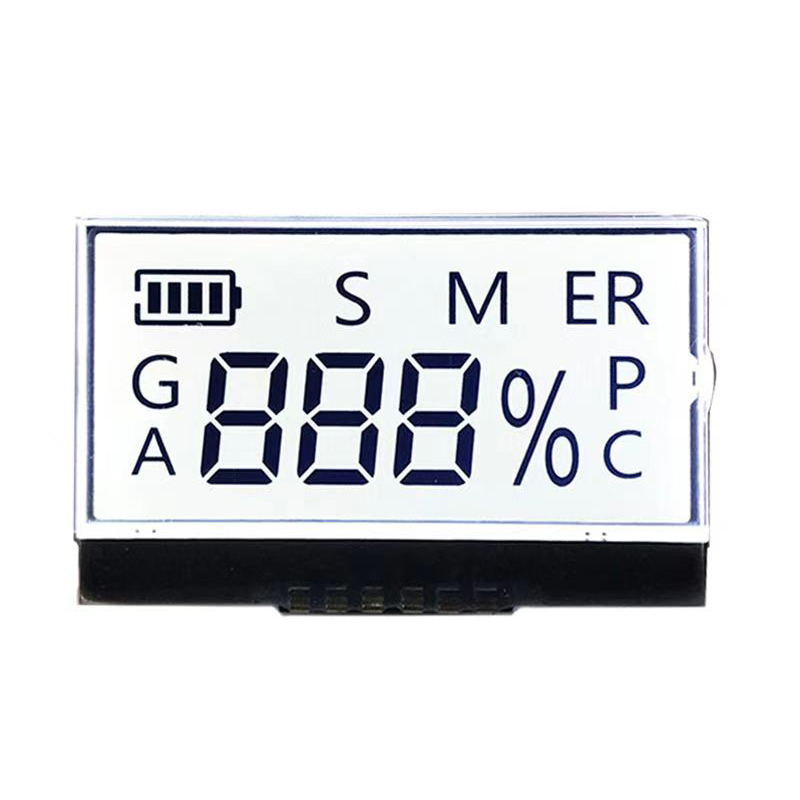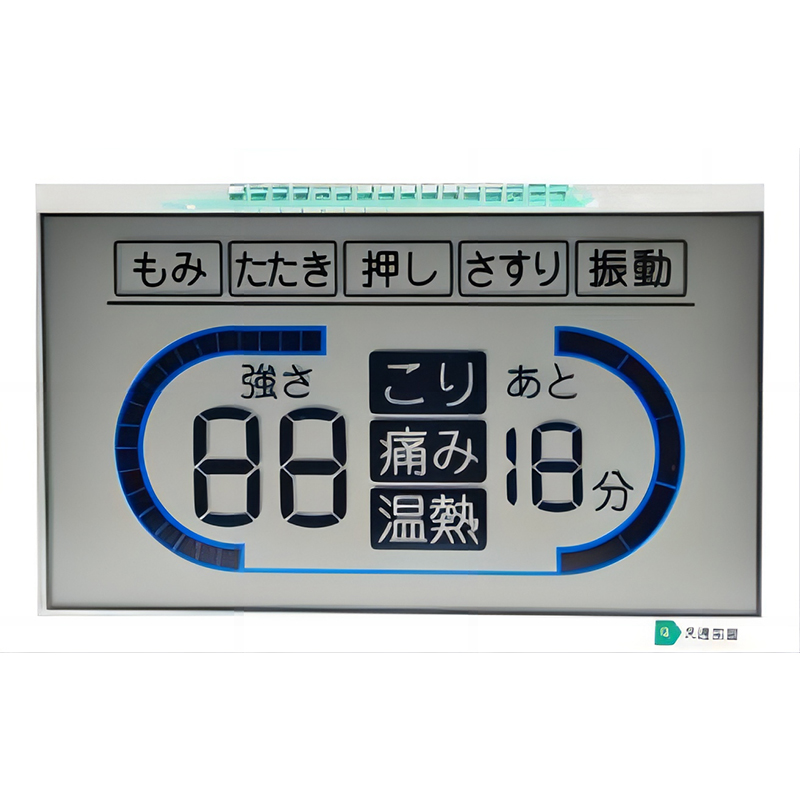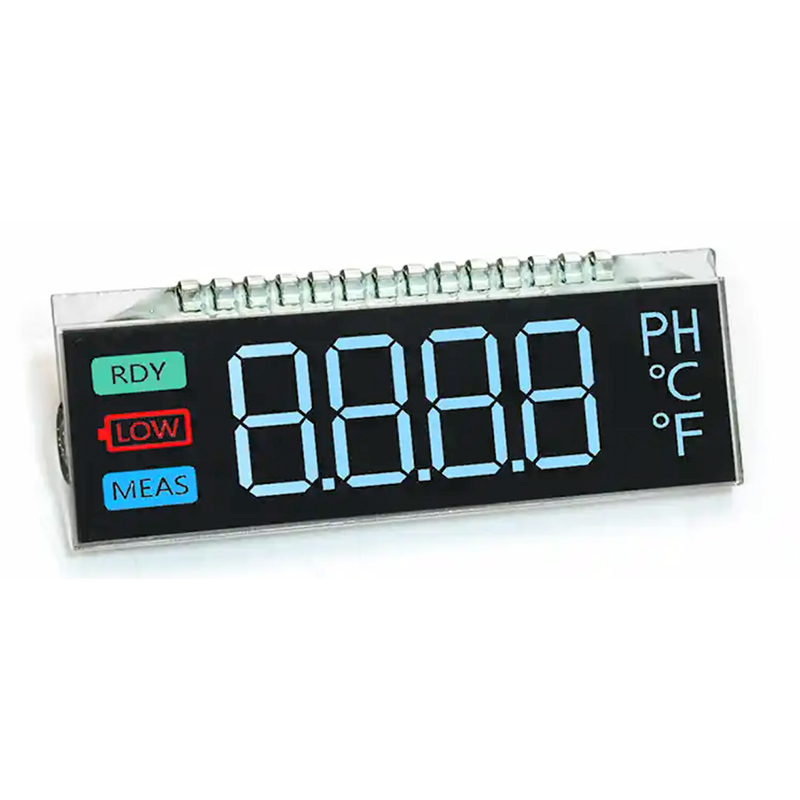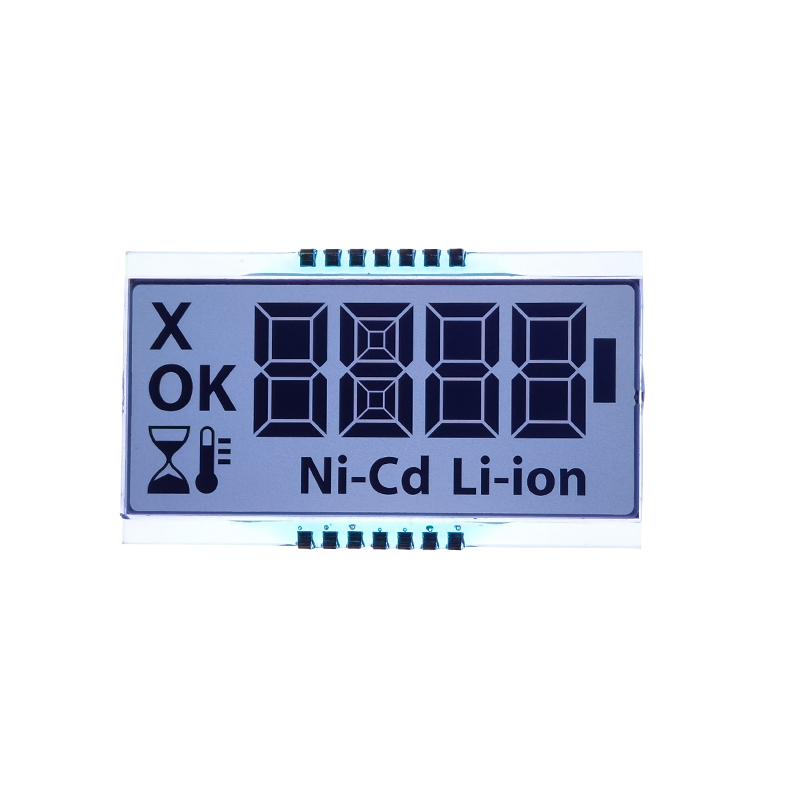
This comprehensive guide explores the key differences between LED and LCD displays, helping you understand their features, applications, and how to choose the best option for your needs. We'll delve into the technology behind each, examine their strengths and weaknesses, and provide practical advice for making informed purchasing decisions. Learn about energy efficiency, image quality, lifespan, and cost considerations to find the perfect LED LCD display for your specific use case.
Liquid Crystal Display (LCD) technology forms the basis for many modern displays. LCDs utilize liquid crystals sandwiched between two polarizing filters. These crystals, when electrically charged, twist to allow light to pass through, creating the image. However, LCDs themselves don't produce light. They require a backlight, traditionally a Cold Cathode Fluorescent Lamp (CCFL), but more commonly now, Light Emitting Diodes (LEDs).
The evolution of LCD technology has seen the widespread adoption of LEDs as backlights. This is where the term LED LCD comes from. LED backlights offer several advantages over CCFLs, including: improved energy efficiency, thinner display profiles, better color accuracy, and enhanced contrast ratios. There are various LED backlight types, such as edge-lit and full-array local dimming (FALD), each influencing the overall image quality and energy consumption.
While all modern LCD displays use LED backlights, the fundamental difference lies in the backlight itself. Pure LED displays, while less common for general consumer use, are self-emissive, meaning they don't require a backlight. This distinction is crucial.
| Feature | LCD with LED Backlight (LED LCD) | (True) LED Display |
|---|---|---|
| Backlight | LEDs | None (Self-emissive) |
| Energy Efficiency | High (compared to CCFL) | Very High |
| Thickness | Relatively thin | Extremely thin |
| Color Accuracy | Good to Excellent (depending on LED type and implementation) | Excellent |
| Contrast Ratio | Good to Excellent (depending on LED type and implementation) | Excellent |
| Cost | Generally Affordable | Generally More Expensive |
The best type of display for you depends on your specific needs and budget. Consider the following:
Determine the optimal screen size and resolution based on your viewing distance and intended use.
Higher brightness is better for bright environments, while a high contrast ratio provides deeper blacks and richer colors. Many LED LCD monitors offer exceptional contrast.
Consider viewing angles if multiple people will be using the display simultaneously. Wide viewing angles ensure consistent image quality from different perspectives.
For gaming or other fast-paced applications, a low response time is crucial to avoid motion blur. Many modern LED LCDs boast very fast response times.
An energy-efficient LED LCD can significantly reduce your electricity bill over time. Look for Energy Star certified models.
Understanding the nuances between LCD technology and the role of LED backlights is essential for making informed decisions when purchasing displays. Whether you're looking for a home entertainment system, a professional monitor, or a display for a specific application, the right LED LCD can significantly enhance your experience. For high-quality LED LCD solutions, consider exploring the offerings from reputable manufacturers like Dalian Eastern Display Co., Ltd. They offer a wide range of displays for various applications.
1 Data on specific LED and LCD specifications can be found on the respective manufacturer websites.












